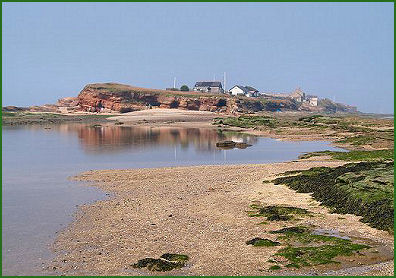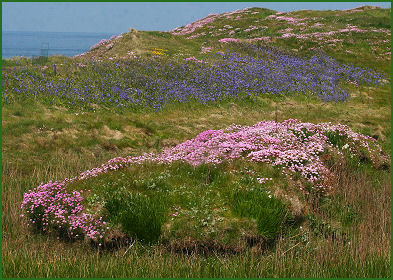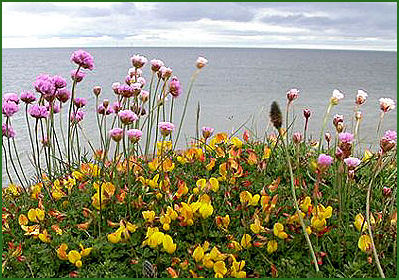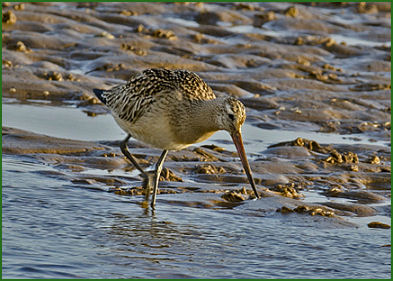Hilbre Island
 Hilbre Island is the largest of three tidal islands which lie at the mouth of the Dee Estuary. All three, Little Eye, Middle Eye and Hilbre, have been designated a Local Nature Reserve maintained by Wirral Borough Council.
Hilbre Island is the largest of three tidal islands which lie at the mouth of the Dee Estuary. All three, Little Eye, Middle Eye and Hilbre, have been designated a Local Nature Reserve maintained by Wirral Borough Council.
Hilbre Island is cut off from the mainland by the tide for up to four hours out of every twelve. To reach the Island walk from the slipway near the north end of West Kirby Marine Lake. The distance is about two miles. Plan your visit around the tide times, the notice board by the slipway gives full tide information
The islands were part of the mainland until the end of the last ice-age, about 10,000 years ago. The increased water levels caused by the melting ice cut a channel between West Kirby and what are now the Hilbre Islands.
Occupied since as far back as the Stone Age, there have been numerous archaeological finds on the island, arrowheads, scrapers and flakes, dating from the Stone Age and Iron Age, a bronze axe-head and a buried urn indicate visitations during the Bronze Age period. Other finds were Celtic and Viking. A cross head, carved out of a piece of red sandstone, was discovered on Hilbre in 1862. It is thought to have been made about 1000 A.D. by masons based at Chester. Another archaeological find, made in1864, was a burial slab, under which were found four skeletons. The burial slab is thought to have been made in about 1050 A.D., and is still in existence.
The name Hilbre derives from the Old English Hildeburgh and Eg meaning Hildburgh's Island. St. Hildburgh gave her name to the medieval chapel which once stood on the island. Nothing of this building remains to the present day. The island has been a place of pilgrimage from Saxon times, records indicate that the Benedictine monks of St. Werburgh of Chester maintained a monastic cell on Hilbre for a period of 400 years until the Dissolution of the Monasteries in 1538.


The island is a haven for wildlife. Both Atlantic grey seals (Halichoerus grypus) and common seals (Phoca vitulina spp. Vitulina) can be sighted around the island. The West Hoyle sandbank to the west of Hilbre provides a haul-out for quite large numbers of Grey Seals, and these can be seen swimming around the islands most days of the year. Dolphins and porpoises are also occasionally seen. At low water Anemones and starfish can often be spotted in rockpools.
The Dee Estuary is one of the ten most important estuaries in Europe for the overwintering of wildfowl and waders and Skuas, Gannets, Manx Shearwaters, Oystercatchers, Leach's Petrel, Kittiwake and Little Gull and Common, Arctic, Sandwich and Little Tern often pass the Island. The Hilbre Islands are also important as a stopping-off point for the twice yearly migration of birds along the west coast of Britain. This was the main reason for the founding of the Hilbre island Bird Observatory in 1957. The members carry out regular recording and ringing of birds on Hilbre.


Hilbre island is also home to a few rare species of wildflowers including Rock Sea Lavender, Sea Spleenwort, and Bird's Foot Trefoil. in the early summer Bluebells and the Thrift cover the island with colourful splashes of blue and pink.
Access:- Access to the Local Nature Reserve is free of charge. Groups are restricted to 50 people and permits are required in advance for any group of 6 or more persons.
